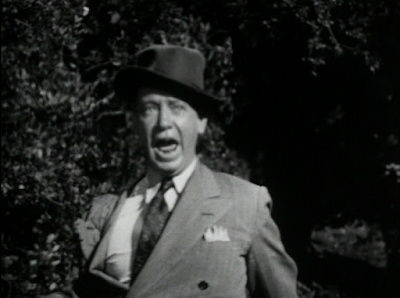Get off me, you road slobs!
What a flawed movie! With the choice of George Raft or Humphrey Bogart, they go with expressionless George Raft as the lead. The plot is about thirty minutes late to show up to the party, as is larger-than-life character actor Alan Hale. Then to top it off, the entire last hour is a rip off of Bordertown (1935).
Raft and Bogart are brothers driving transport trucks (34,000 lbs max capacity!) hauling fruit up and down the California coast. They are trying to scratch out a living independently, too proud to work for their major competitor Carlson (Alan Hale). But when Bogart is injured, Raft is forced to work for Carlson. He finds it a much easier lifestyle except for Mrs Carlson (Ida Lupino), who will do anything to get into disinterested Raft's pants. Mrs Carlson seems to crack up when she realizes Raft is about to marry his fiancee, played by Ann Sheridan.
As well as lifting its story directly from Bordertown, this film feels like an uninspired effort from an otherwise top-notch team (director Walsh, and a great cast). But wait, many of the same folks were going to crank out another one with Manpower (1941), also very similar in tone (although I actually prefer Manpower - more fist fighting and weirder romance). It's refreshing to see the celebration of blue-collar guys with regular jobs in film, but at this point Warner seems like it was stuck in a rut!



.jpg)
-2.jpg)










